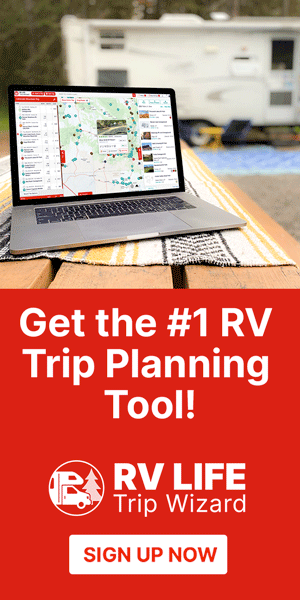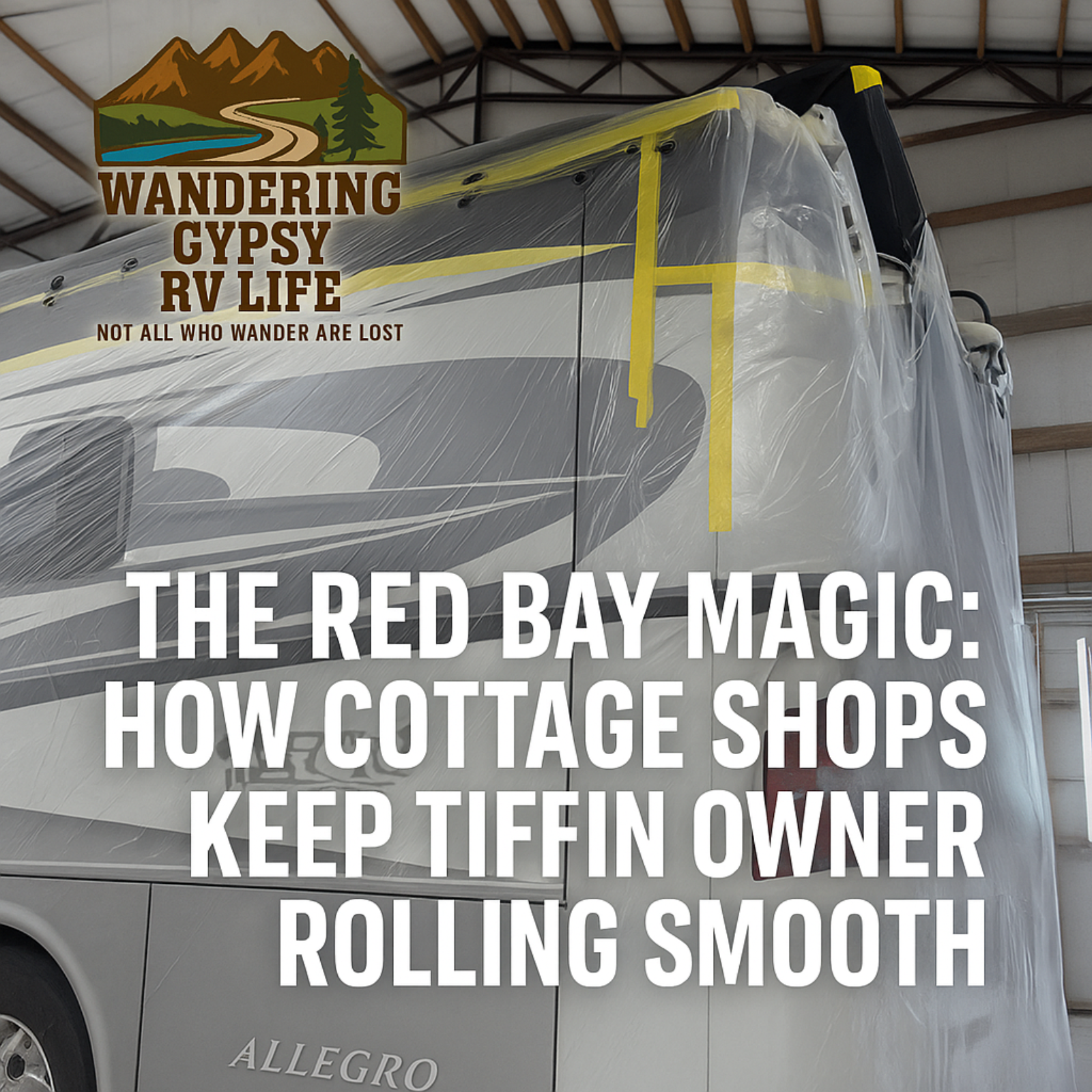When you’re rolling down the highway in a 24,000-pound motorhome with your tow car trailing behind, there’s one thing you don’t want to leave to chance: your tires. A blowout at 60 mph can be catastrophic, not just for your vehicle but for your safety and everyone on the road. That’s why I never hit the road in Bertie Bea, my 2016 Tiffin Allegro Open Road 34PA, without a reliable Tire Pressure Monitoring System (TPMS) watching over all ten of my tires, including those on Rosie, my tow car.

Why a TPMS is Essential for RVers
Tires are the foundation of your RV journey. Properly inflated tires help with fuel efficiency, ride comfort, and, most importantly, safety. An underinflated tire builds up excess heat, which can lead to a blowout. An overinflated tire, on the other hand, can wear out unevenly and reduce traction. A TPMS continuously monitors each tire’s pressure and temperature, alerting you to any issues before they become dangerous.
NHTSA Guidelines for RV Tire Safety
The National Highway Traffic Safety Administration (NHTSA) recommends that RV owners regularly check their tire pressure using a reliable gauge and always inflate tires to the manufacturer’s recommended cold tire pressure, which you can find on the yellow DOT sticker inside your RV’s driver-side door. However, since tire pressures fluctuate due to temperature changes, a TPMS is the best way to ensure real-time monitoring while you drive.
Getting the Right Tire Pressure for Bertie Bea
Every motorhome is different, so weighing your RV is crucial. I had Bertie Bea weighed at an FRVA International Convention in Gillette, Wyoming which helped me determine the ideal cold tire pressure for my six RV tires—no less than 95 PSI. Before every trip, I turn on my TPMS and let it calibrate, ensuring every tire is at its proper pressure before we roll out.
Where to Weigh Your RV
Accurately weighing your RV ensures you’re inflating your tires to the correct pressure based on your actual load. Some great options for weighing your rig include:
- Escapees SmartWeigh – Available at select RV parks and rallies.
- FRVA International Conventions – Offers four-corner weighing for a precise balance.
- CAT Scales – These are found at truck stops nationwide, though they only provide axle weights.
Why I Chose TST TPMS for Bertie Bea and Rosie
After researching multiple brands, I went with the TST Truck TPMS system, which monitors all ten tires between Bertie Bea and Rosie. Here’s why TST stands out:
✅ Real-Time Monitoring – Alerts me to slow leaks, high temperatures, and sudden pressure drops.
✅ User-Friendly Display – Easy-to-read screen that shows pressure and temperature for each tire.
✅ Long Battery Life – Sensors last up to five years before needing a replacement.
✅ Reliable Signal Range – Works seamlessly between my motorhome and tow car.

Other Top TPMS Brands for RVs
While I swear by TST, there are other great TPMS options for RVers:
- TireMinder TPMS – A popular choice for its Bluetooth connectivity and smartphone integration.
- EEZ RV Products TPMS – Offers a wide range of sensors and an easy-to-use display.
- TireTraker TPMS – Known for its compact monitor and long-lasting sensors.
Monitoring Tire Pressure in Changing Weather
Tire pressure naturally fluctuates with temperature changes. A tire filled to 95 PSI at 35°F may reach 105 PSI at 70°F. That’s why never letting air out of your tires when heated is crucial. Always set pressures based on cold tire readings before you start driving for the day.
My Pre-Trip Routine for Tire Safety
Before every journey, I follow a simple routine to make sure Bertie Bea and Rosie are road-ready:
- Turn on my TST TPMS and allow it to calibrate.
- Inspect all tires for any visible damage, bulges, or cracks.
- Check tread depth and feel for uneven wear by running my hand across the inside and outside dual tires.
- Use an air compressor to top off tires that fall below the recommended PSI.
- Confirm that my tow setup, including safety cables and the braking system, is secure.
Stay Safe & Keep Rolling
A TPMS isn’t just a luxury—it’s a necessity for anyone serious about safe RV travel. Whether you’re heading out for a weekend getaway or embarking on a cross-country road trip, make tire pressure safety a priority.
And remember, not all who wander are lost. Safe travels!




Leave a Reply